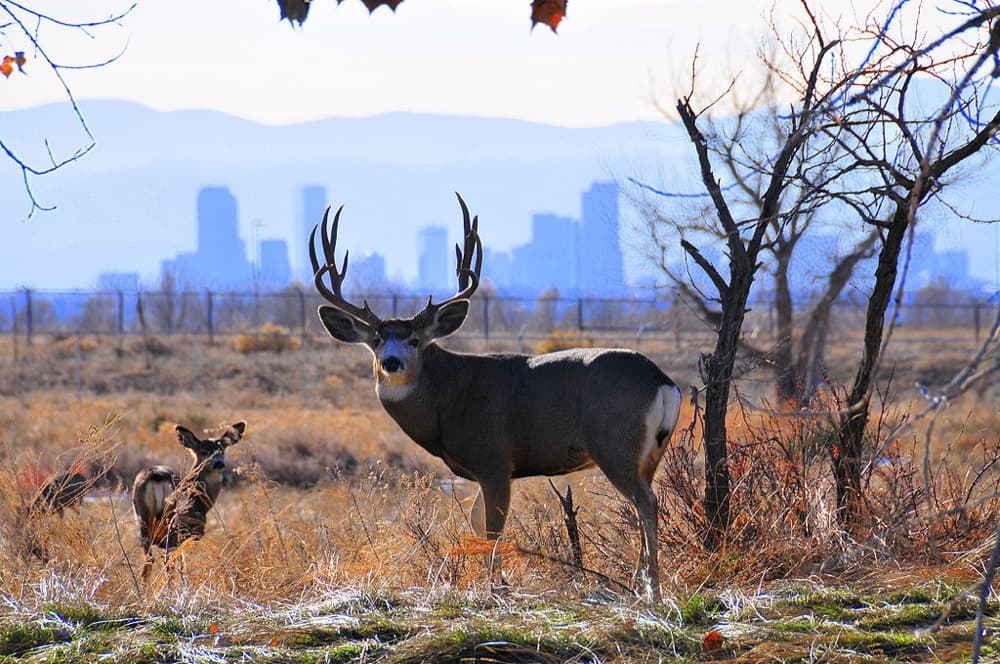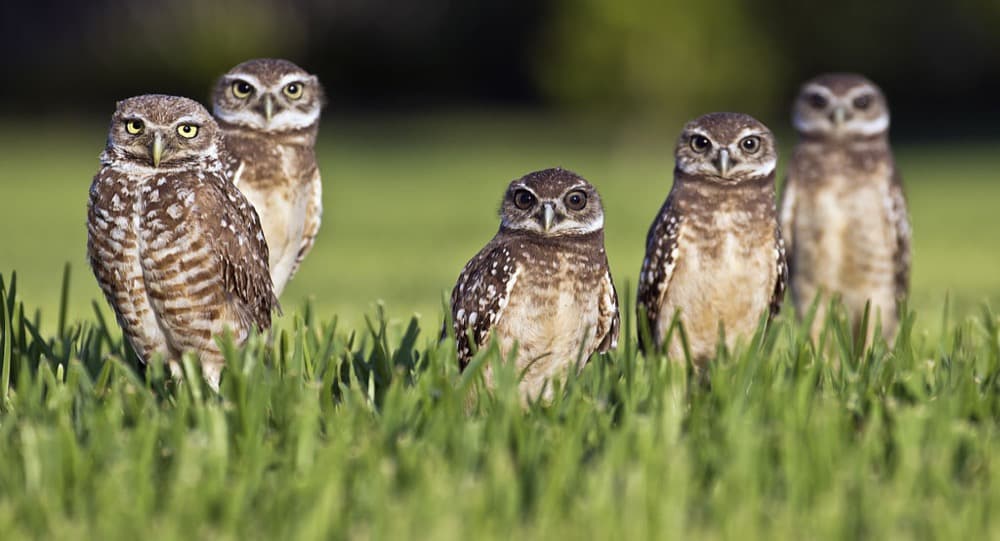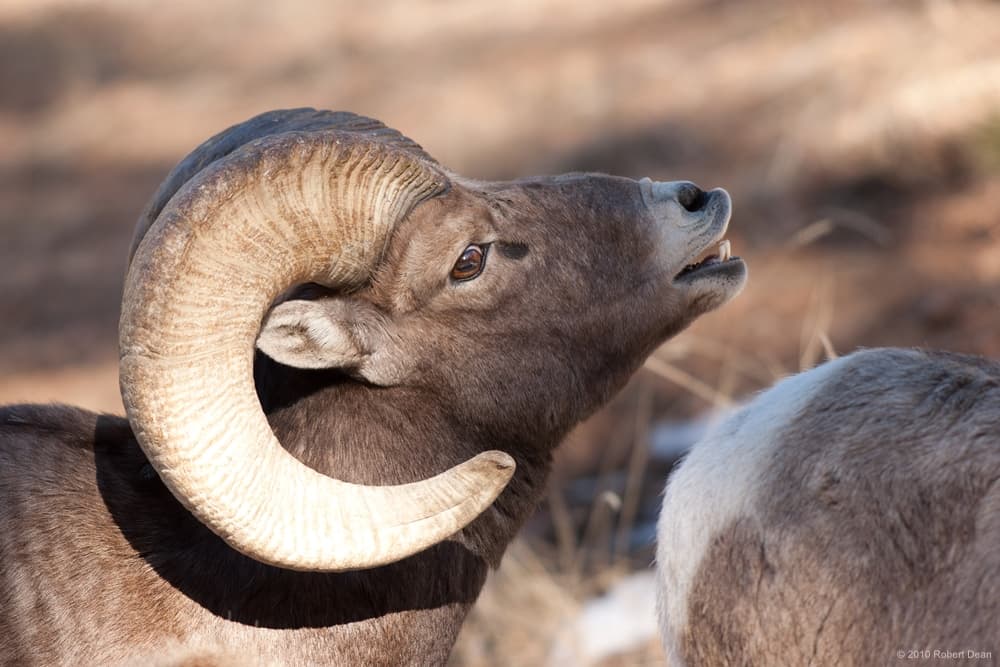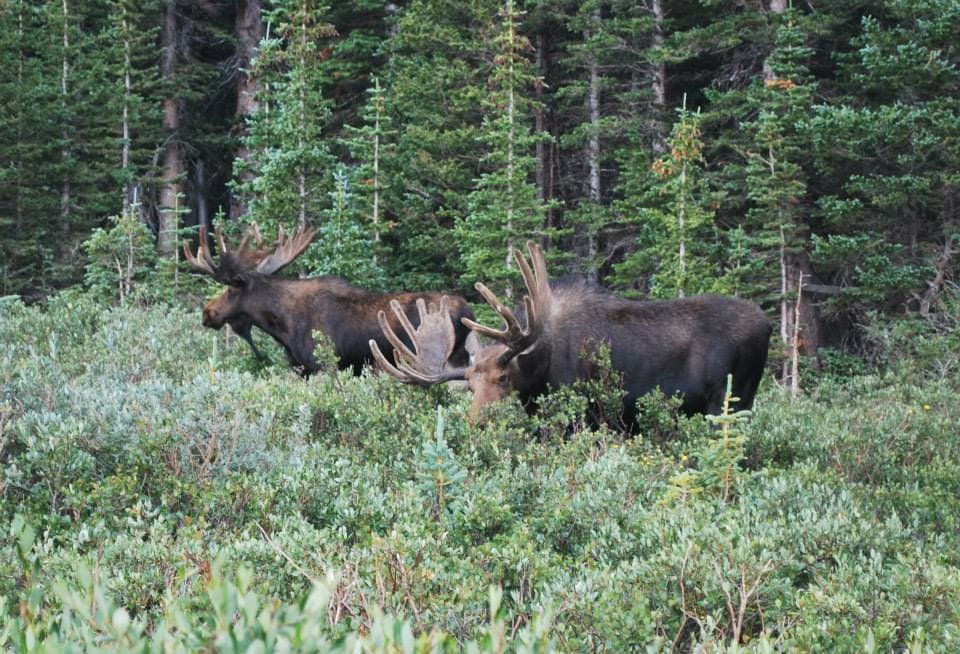Our readers last week told us they wanted to read a story about "urban wildlife." I figured we'd start with the basics: Where to find it.
We surveyed three wildlife photographers and came up with this guide to observing bison, eagles, sheep and other animals that you might see a bit less often than the urban bunnies and raccoons you've already surely seen. We'll start with wildlife in the city proper and then spiral out to their country cousins.
First, general advice:
Don't get too close to animals. Do not shout at animals. Do not feed, befriend or seduce animals. Wear bright clothing, in case you're in a hunting zone.
For best results, go out near sunrise or sunset, when the animals are active and everything looks nice.
In the city: Belmar and Prospect parks for birds.

You might spot a Great Blue Heron at Belmar Park in Lakewood. Prospect Park also has some nice winged friends.
"Those are two really good places, Belmar especially, for waterfowl," says Bob Dean, a teacher and photographer with Views of Nature.
25 minutes from downtown: Mule deer, bison and more at Rocky Mountain Arsenal.

"Years and years ago, it was an extremely toxic place. They've done an absolutely wonderful job of cleaning it up," Dean says of the Rocky Mountain Arsenal National Wildlife Refuge.
Fall is the season for mule deer and, if you're lucky, the sand hill crane. Bison are a constant if unpredictable presence. (Check out what's in season here.) Waterfowl, including several dozen eagles, are present on the east side.
Your options also include an indoor-outdoor exhibit on black-footed ferrets.
Getting there: Start at the visitor center, then take a leisurely drive around the wildlife loop, which is open every day except holidays.
30 minutes: The DIA "Owl Loop."

This is a car-based adventure near the airport, suggested by Debbi Kibler, a hiker and nurse.
You'll have a chance of seeing a ton of birds out here, including hawks, some falcons and golden eagles, blackbirds, geese, larks and burrowing owls. (Here's an excellent guide to DIA birding.)
Getting there: The route starts at East 96th Avenue and Tower Road, then runs in a weird loop northwest of the airport. It's about 30 minutes from downtown. Here's a map.
Notes: You'll probably want binoculars or a zoom lens. Be careful of speeding cars.
40 minutes: Big-horn sheep at Waterton Canyon


Waterton Canyon is an ideal and easily accessible place to see big horns, and late fall is an ideal time, according to Sean McClutchey of Colorado Wildlife Photography.
The male sheep are soon to start their yearly head-ramming ritual (can sheep have rituals?), which also means they'll move closer to the trailhead.
"It's quite a cool thing to see. There's a lot of energy," McClutchey says. Still, you should "always let the animal have an escape route. As people, we're encroaching on their home."
Getting there: Park at the Kassler Center, 11398 Waterton Road in Littleton. It's about 35 minutes from downtown Denver. Take the Colorado Trail until you see what you want. The sheep often are within the first four miles.
Notes: This access to the trail is closed on weekdays through November 2016, but weekends are fine. It's a fairly flat trail, but it may be difficult for people with strollers and wheelchairs.
"You can get in foot, you can get in on bicycle, you can get in horseback, but no cars," McClutchey says.
90 minutes: Moose at Brainard Lake and RMNP.


First, let's establish that moose are dangerous animals. Mating season is in the fall, so you may consider leaving this for winter or spring. Read this, from the National Parks Service, emphasis mine:
Enjoy moose at a distance. Give these animals plenty of room to roam without human interferences. Bulls and cows are equally unpredictable. During the mating season, bull moose are known to charge and females are particularly protective of calves at all times. Moose can top speeds of 35 miles per hour. If you see a moose display a threatening position of "head high" or "head low," it is time to retreat.
Anyway, our photographers suggest looking for moose near Brainard Lake or on the western side of Rocky Mountain National Park.
"Usually, moose are active shortly after sunrise and just before sunset," McClutchey says. They tend to be active around the lake itself, and there's some good hiking too.
Getting there: Brainard Lake is about 90 minutes west of Denver. You can drive directly to the lake in the warmer months, but the gate was closed as of Nov. 2, 2016. (Check the status here.)
That means you'll be hiking a fairly easy two miles from the Brainard Gateway Trailhead. "You just hike the road up to the lake," Kibler says."
Alternative: Try hiking around Grand Lake, about 1 hour and 40 minutes from Denver.
Thanks for reading!
Want to submit a suggestion? Email me! Want to have our guides to life in Denver delivered to your mailbox? Sign up for our newsletter!












